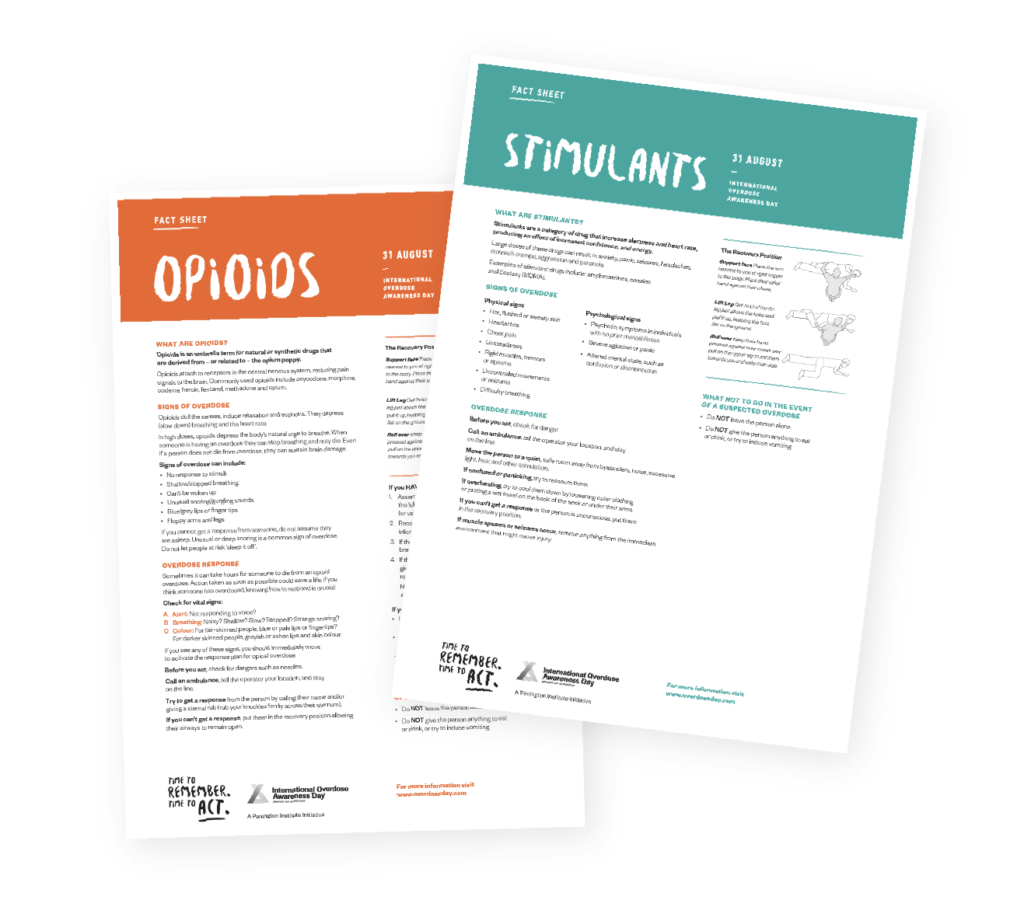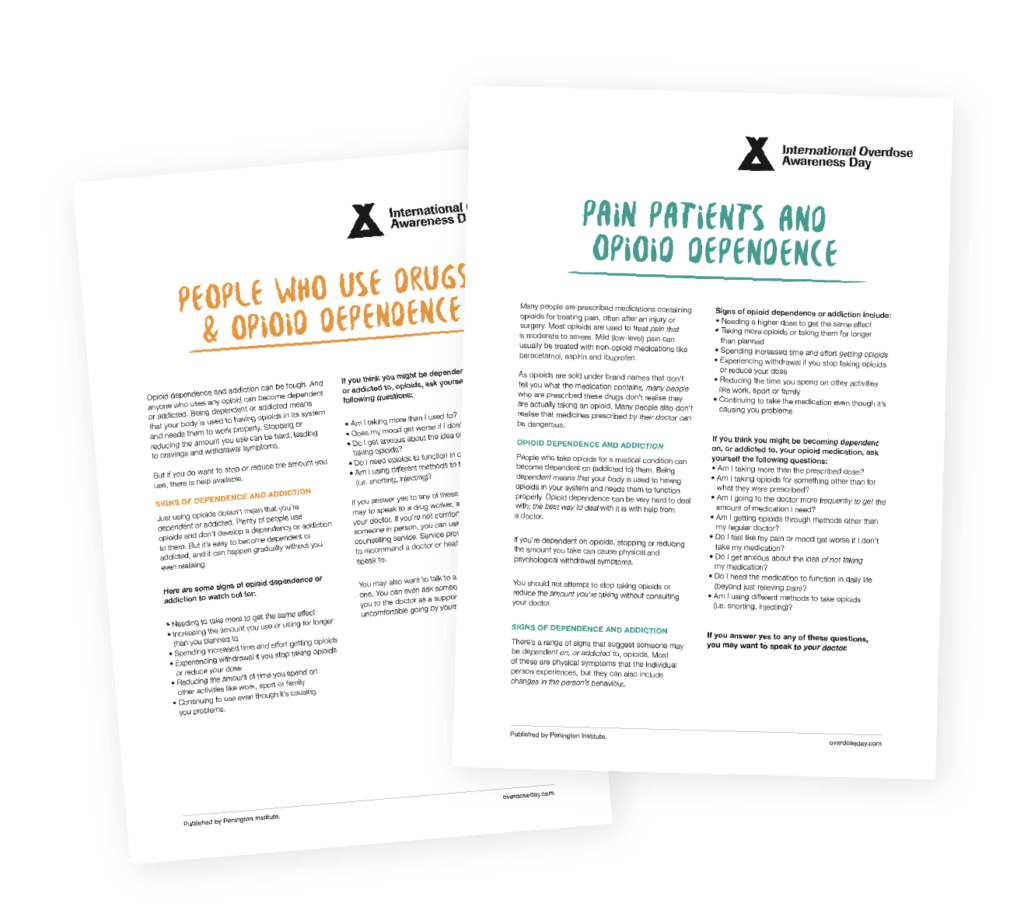All drug overdoses are preventable. Practical strategies to reverse and prevent overdoses and reduce the harms associated with problematic drug use are available. One of the aims of International Overdose Awareness Day is to increase awareness of evidence-based strategies and tools that can help prevent overdoses from occurring – that is, preventing harms and deaths from overdose.
Achieving an effective response to the current global overdose epidemic will involve several factors all working together. These include the activation of communities to build awareness and advocate for change, the generation of insights and knowledge by listening to those with lived and living experience of overdose and people who use drugs, the use of culturally appropriate solutions, and more.
Overdose is a complex issue involving stigma, discrimination and various misunderstandings about drugs and people who use drugs. Many people in our communities have been misinformed or never informed about the risks relating to drug use, including alcohol and pharmaceuticals. Therefore, our collective response to overdose prevention demands a comprehensive response from governments, organizations within and beyond health sectors, and a compassionate and informed community.
One way that individuals and communities can equip themselves to prevent overdoses from occurring is by having the knowledge to respond to an overdose.
Overdoses can look different depending on the type of drug or combination of drugs that have been used. For example, a person who experiences an overdose from a drug that depresses the central nervous system (such as an opioid) may lose consciousness and stop breathing. Yet a stimulant drug overdose may lead to overheating, a cardiac event, or symptoms relating to neurotoxicity.
If you think someone is experiencing an overdose, remember that this is a medical emergency. Call for emergency assistance and then administer first aid if you can.
These fact sheets will provide you with information about the signs of an overdose and how you can respond based on different drug types.

There are many evidence-based strategies and initiatives in place around the world to reduce overdose. Some examples of these are;
Depending on where these are located, such initiatives may be funded and delivered by governments, social service organisations and/or community groups. The level at which these programs and services are available to people who use drugs varies greatly from country to country.
It can be a good idea to know which programs and services for overdose prevention are in place where you live. Learn more through your local authorities, health services, or community organizations that support people who use drugs.
You can discover more about medication-assisted treatment or opioid substitution treatment by downloading this info pack.
Naloxone, which is also known as Narcan®, is a medication known as an opioid antagonist. Naloxone works to reverse the effects of opioid overdose temporarily, allowing the person experiencing overdose to breathe again while help is on its way.
Naloxone can be safely administered to a person experiencing an overdose, even if you’re unsure whether they are experiencing opioid overdose. There are very few risks associated with naloxone use. A very small number of people have hypersensitivity to naloxone which can be managed after the person has been revived. Naloxone can’t be misused to get high.
It is important to remember that naloxone offers a temporary reversal and that emergency services must be engaged as soon as possible to support the person who is experiencing this medical emergency.
Discover whether naloxone or Narcan® is a medication that is available to you by researching this further in your location or learn more in this info sheet.
There are many factors that may increase the risk of experiencing an overdose. Understanding these risk factors supports overdose prevention because it places people and communities in a strong position to manage or mitigate these risks. In other words, knowing the risks means that informed decisions can be made to change or avoid the conditions in which overdose may be more likely to occur.
Some of the main risk factors of drug overdose are:
Social stigma can also play a role in increasing the risk of overdose. For example, a person who uses drugs might try to hide their drug use or avoid seeking support services or treatment if they feel judgement or discrimination. Moreover, some people may use drugs alone, which is a risk factor for overdose death.
It is important to know that list is not exhaustive and that there may be other individual and contextual factors that may increase the risk of both fatal and non-fatal overdose. Discover more about these by reaching out to services and organizations that work in overdose prevention in your local area.
Learn more about risk factors of opioid overdose by downloading this info sheet.
Part of mitigating the risks of overdose is understanding more about dependence, addiction and the treatments that are available. Drug dependence and addiction can happen to anyone and getting on top of this can be difficult for many people.
Dependence or addiction is a risk factor for overdose. Yet these conditions are often highly stigmatized. This means that people who are dependent or addicted to drugs may experience discrimination from other people or services and may avoid seeking help.
It is important to remember that dependence or addiction is a medical condition that many people struggle with. There should be no shame in experiencing dependency or seeking support.
All people have the right to access the best healthcare for their needs. However, health services and treatment options for dependence and addiction vary greatly in different parts of the world. For example, opioid pharmacotherapy treatments known as medication-assisted treatment (MAT) or opioid substitution treatment (OST) may be available to patients in only some countries, states or counties. Therefore, it can be smart idea to learn more about the specific services and options that are available in your local area by researching this further.
Download these info sheets about pain patients and opioid dependence or people who use drugs and opioid dependence to learn more about the signs and risk factors involved.

| Privacy | Terms & Conditions |
© 2022 Penington Institute | ABN 23005070102
